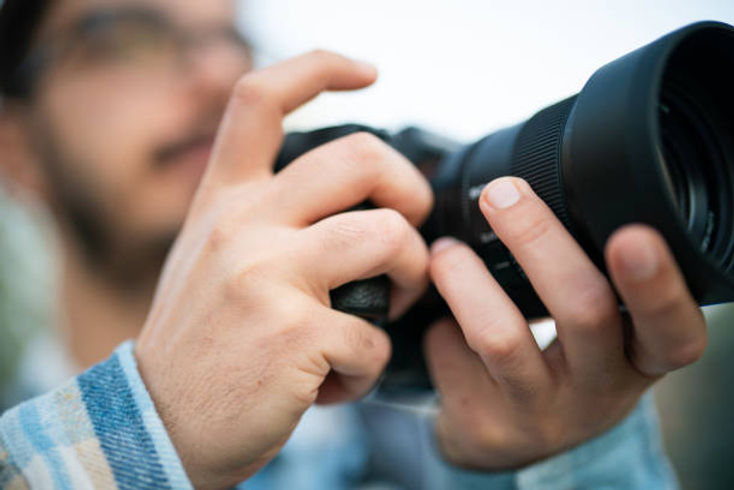
Composition is the foundation of compelling Boudoir Photography Boston, influencing how viewers perceive and interact with an image. Among the essential principles of composition, achieving balance is paramount. Balancing elements within the frame helps create harmony, visual interest, and a sense of cohesion in your photographs. Here, we’ll explore various composition techniques to master the art of balance in your Boudoir Photography Boston:
1. Symmetry:
Symmetry involves arranging elements in a photograph so that they mirror each other on either side of an axis. Symmetrical compositions create a sense of stability and order, drawing the viewer’s eye towards the center of the frame. Look for symmetrical subjects or scenes in architecture, nature, and man-made objects to create visually striking images.
2. Rule of Thirds:
The rule of thirds divides the frame into a grid of nine equal sections with two vertical and two horizontal lines. Positioning key elements of your composition along these lines or at their intersections creates a balanced and visually pleasing arrangement. Experiment with placing your subject off-center to add depth and interest to your images.
3. Leading Lines:
Leading lines are powerful compositional elements that guide the viewer’s eye through the image towards the main subject or focal point. Incorporate natural or man-made lines such as roads, fences, or architectural features to create a sense of movement and direction. Ensure that leading lines lead the viewer’s gaze towards the focal point, maintaining balance within the frame.
4. Framing:
Framing involves using elements within the scene to frame the main subject, drawing attention to it and adding depth to the composition. Look for natural frames such as doorways, windows, or overhanging branches to create a sense of enclosure and focus. Ensure that the framing elements complement the subject without overpowering it, striking a balance between foreground and background.
5. Contrast:
Contrast refers to the difference between light and dark tones in a photograph. Utilize contrast to create visual impact and emphasize key elements within the frame. Experiment with juxtaposing light and shadow, complementary colors, or textures to add depth and dimension to your compositions. Maintain a balance between areas of high contrast and more subdued tones to ensure visual harmony.
6. Scale and Proportion:
Scale and proportion play a crucial role in achieving balance within a photograph. Incorporate elements of different sizes to create a sense of scale and perspective, emphasizing the relationship between objects within the frame. Experiment with juxtaposing large and small elements to add visual interest and dynamism to your compositions while maintaining overall balance.
7. Color Balance:
Color balance refers to the distribution of colors within a photograph and their visual impact on the composition. Pay attention to the color palette of your scene, ensuring a harmonious balance of hues and tones. Experiment with color contrasts, complementary colors, or monochromatic schemes to create mood and atmosphere while maintaining overall visual balance.
8. Negative Space:
Negative space, or empty areas within the frame, plays an important role in composition, allowing the main subject to breathe and stand out. Use negative space strategically to create a sense of balance and focus within your photographs. Experiment with minimalist compositions that emphasize simplicity and clarity while maintaining visual equilibrium.
9. Visual Weight:
Visual weight refers to the perceived importance or prominence of elements within a composition. Balance visual weight by distributing elements evenly throughout the frame or using techniques such as the rule of thirds to create a sense of equilibrium. Ensure that no single element dominates the composition, maintaining a harmonious balance of visual elements.
10. Experiment and Refine:
Composition is a subjective and iterative process, requiring experimentation, refinement, and a keen eye for detail. Continuously practice and explore different composition techniques to develop your unique style and visual language. Review and analyze your images critically, seeking opportunities to refine your compositions and achieve greater balance and impact.
In conclusion, mastering the art of balance in Boudoir Photography Boston composition is essential for creating visually compelling and harmonious images. By employing techniques such as symmetry, the rule of thirds, leading lines, framing, contrast, scale and proportion, color balance, negative space, and managing visual weight, you can achieve balance within your compositions, captivating viewers and conveying your artistic vision effectively. So, embrace these composition techniques, experiment boldly, and let balance guide you towards creating images that resonate with depth, harmony, and visual allure.
